When you think of dangerous driving weather, the first that probably comes to mind is snow. But winter weather shouldn’t be your only concern. Summer weather–even driving in the sun–can seriously challenge drivers with a variety of wild weather conditions that each require their own safety tactics.
Here’s what you need to know about the dangers, dos, and don’ts of summer driving.
Rain
Although it doesn’t stick to the road like snow, rain can be quite hazardous to drive in. According to AAA, wet pavement “contributes to nearly 1.2 million traffic crashes each year.” Heavy rain can compromise visibility, making it harder for you to notice other drivers and for other drivers to notice you. Therefore, when driving in the rain, you should turn on your lights and slow down.
Going slowly, as well as braking and turning carefully, may help you avoid hydroplaning and maintain control of the car. Hydroplaning occurs when the water on the road isn’t pushed aside by the car’s tires, but rather remains under them, preventing the car from making sufficient contact with the road. And leave plenty of additional space between your vehicle and the others on the road, just in case you or someone else loses control of the car.
If you’re caught in a sudden torrential downpour and you can’t see well enough to drive, pull over as soon as it is possible to do so safely. And don’t rely on cruise control, which is designed for good weather conditions. When it’s raining, you need to be fully alert and in control of your vehicle.
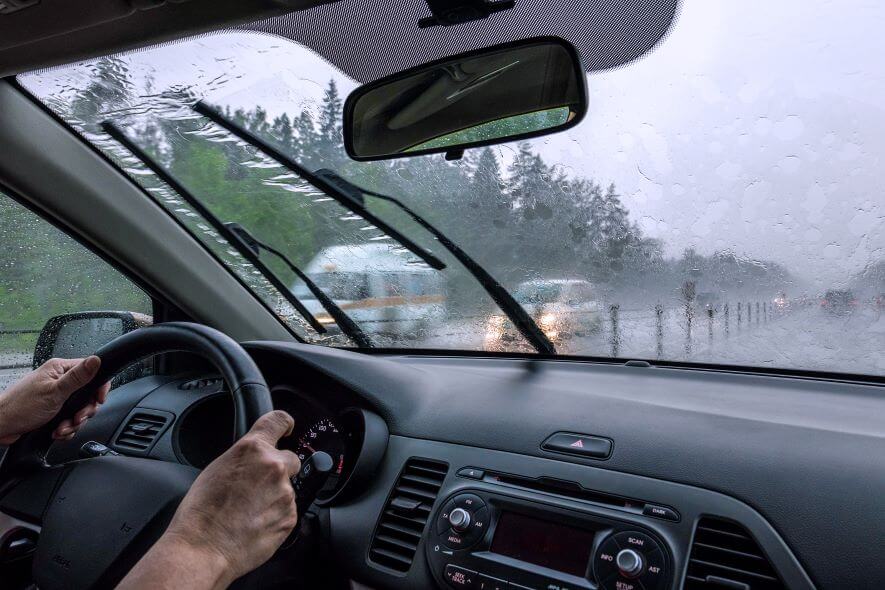
Flooding
Summer storms can lead to flooded roads in a flash. If you encounter flood conditions while driving, remember the National Oceanic and Atmospheric Administration’s (NOAA) phrase, “Turn around, don’t drown.” Never drive past a barricade. Never drive through water if you can’t tell how deep it is. Cars can begin to float in as little as one foot of water and it only takes about two feet of rushing water to sweep away most vehicles.
Standing water is dangerous too. Just six inches can stall your engine, leaving you stranded. If that happens, get out of your car and head to higher ground. However, if the water is moving, remain in your car and call for help. For anyone who hasn’t experienced a flash flood, these dangers may seem unlikely. But, flash floods are the leading cause of weather-related deaths in the U.S., so these safety measures shouldn’t be taken lightly.
If you absolutely have to cross a flooded road, observe other vehicles as they cross to determine the depth of the water. Watch out for downed power lines or other potentially dangerous obstacles, and go slowly, especially if you can’t see the condition of the road beneath the water.

Thunderstorms
If you’re caught in a thunderstorm while driving, it’s safest to take shelter inside a closed building. If that’s not possible, you’re safer inside a metal-topped vehicle rather than outside it. It will act as a Faraday cage if struck by lightning, allowing lightning to flow around the outside of the car and into the ground.
During the thunderstorm, pull over, turn off the engine, keep the doors and windows closed, and wait for the storm to end. Stay inside the car and avoid touching metal surfaces and using a phone. Cover yourself with a blanket or coat or lie down on the back seat or floor as far from the windows as you can manage, just in case flying debris picked up by the wind cause the glass to shatter.
Note that convertibles do not form complete Faraday cages. If you drive one, you will need to find another place to hide out during the storm.
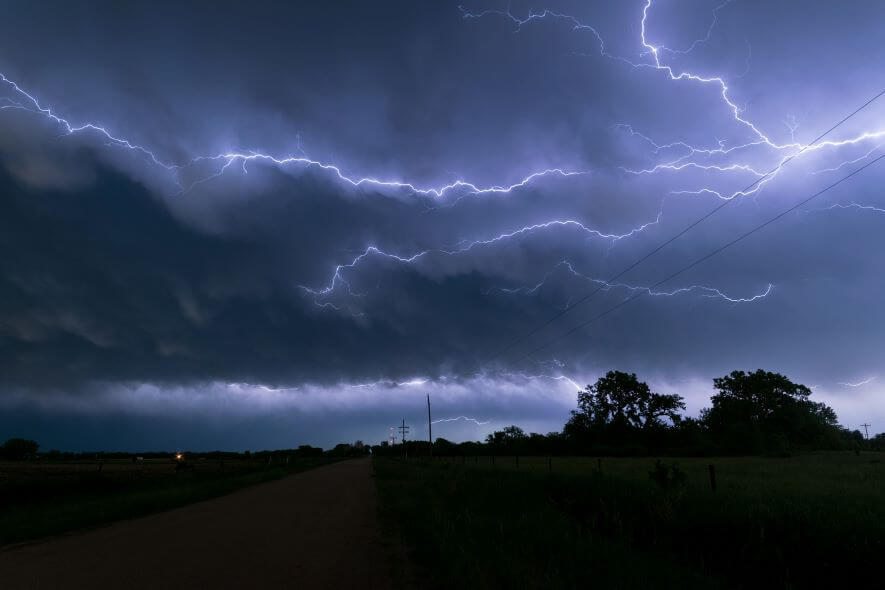
Hailstorms
If hail starts to fall while you’re on the road, find a safe place for you and your car as soon as possible. Small hailstones can be a scary distraction and lead to unsafe driving. Larger hailstones can shatter your windows and even injure you or your passengers. Try to stop your car under a roof, carport or awning, and stay put until the storm is over. As with strong winds, try to shield yourself from possible glass breakage.
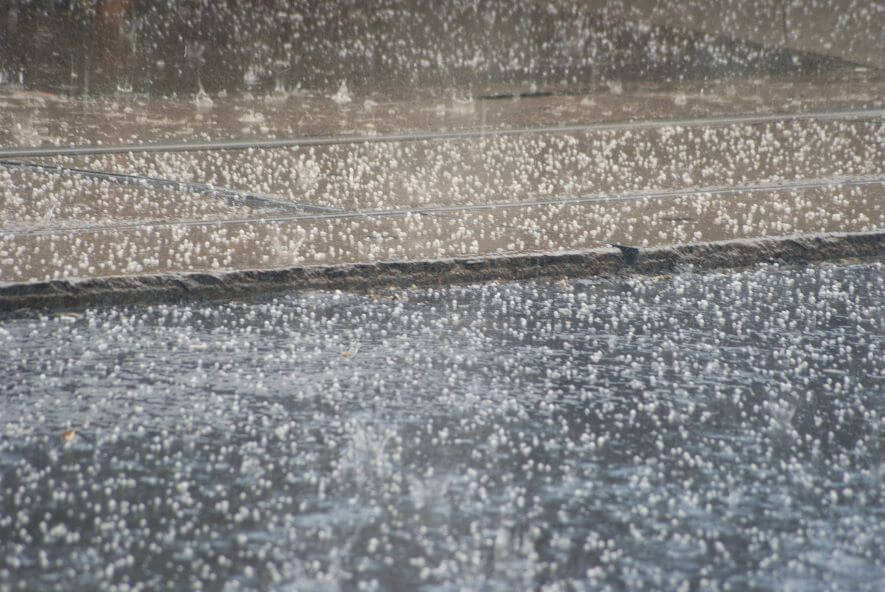
Hurricanes
Hurricanes almost always come with some warning, if not a week of media hype, so unless you’re truly living off the grid, a hurricane won’t be likely to spring up and surprise you on the road. Avoid going outside during a hurricane, even when the eye is overhead.
However, if you must drive in a severe storm, take care to slow down in strong winds and proceed with caution especially in flooded or rainy areas. Be alert at intersections, as traffic lights may not be working. Also, be aware of the potential for falling trees and storm debris strewn on the road. If conditions become too treacherous to drive, pull over–ideally into a parking garage.
As with any storm, stopping under an overpass may seem appealing, but unless you’re in a very remote area, it can cause dangerous congestion if everyone else has the same idea.
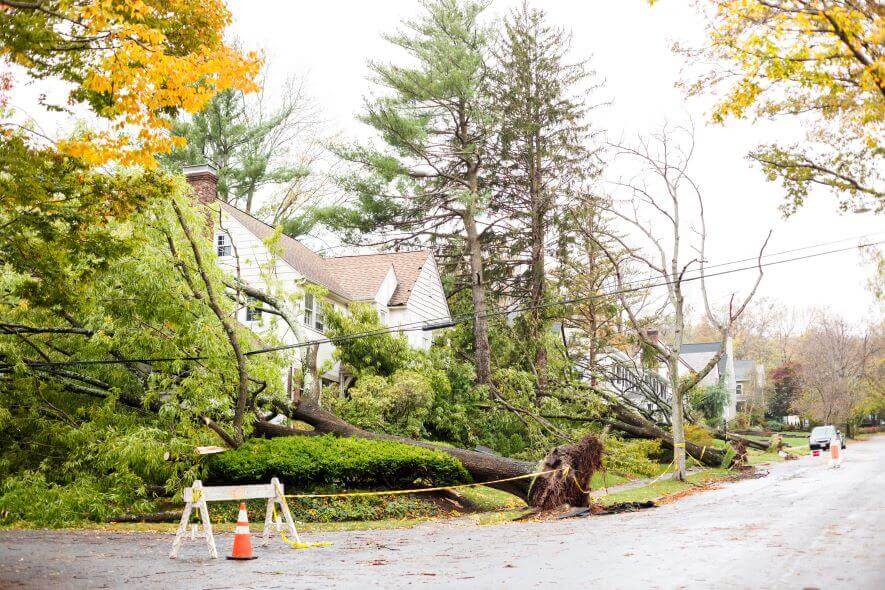
Tornadoes
In the U.S., “tornado season” lasts from March to June. But twisters do not subscribe to calendars, so don’t be surprised if a tornado watch or warning is issued any time of the year.
If you’re driving in conditions conducive to tornadoes, check the weather regularly. If you’re far from home, know what town (or at least what county) you’re passing through in case a weather alert mentions your location. Your best bet is to park your car and hunker down inside a building if a tornado seems likely to form or is detected nearby. Sturdier structures with interior hallways, basements or shelters are best. Mobile homes, on the other hand, are very vulnerable.
If you see a tornado approaching but there are no buildings around in which you can take shelter, you may be able to drive away from the tornado. Do not take shelter under an overpass during a tornado. Aside from the traffic congestion issue, the design of the overpass can actually increase the effects of wind and flying debris, placing you in greater danger.
As a last resort, you can position yourself below ground level (e.g. in a ditch or culvert) and cover your head with your arms; or stay in your car, seat-belt buckled, with your head down.

Fog
Fog can dramatically reduce visibility on the road. To stay safe, slow down and increase the cushion of space between your car and the car in front of you. Turn on your headlights (or fog lights if your car is equipped).
Do not turn on your high beams because the light will reflect off the water vapor in the fog and actually further impair your ability to see. Use the lines on the road to help you stay in your lane. If you can’t see well, open the windows to better hear passing traffic. Pull over if you can’t see at all, preferably into parking lot if possible. If that is not an option, pull over as far onto the shoulder as you can.
Dense fog usually doesn’t last very long, so you can wait it out. Be sure to turn off your lights because if you leave them on, other drivers could think that you’re part of moving traffic and possibly collide with you.

Dust Storms
Dust storms generally occur in dry, arid regions (e.g., the Southwest and some areas of the Midwest), but they can happen wherever wind and loose dust are present. Driving during a dust storm is a lot like driving during fog. Because visibility will be impaired, you should use the white lines on the road to keep your car pointed in the right direction and pull to the side of the road as soon as possible.
Dust storms can last for several hours, and you should turn off your engine to keep the dust out of your air filter and your lights to discourage other drivers from trying to drive behind you.
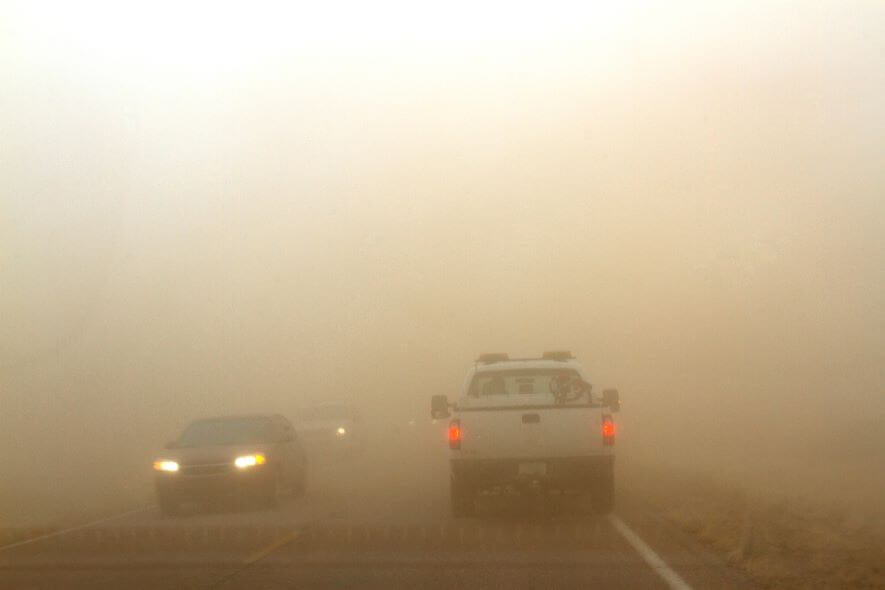
All-Purpose Tips for Driving in Summer Weather
Here are a few other all-purpose tips for summer driving:
- Remember that extreme weather conditions are always more dangerous at night, when darkness and glaring lights can reduce visibility further. Look up the laws on using hazard lights in your state or any state you plan to visit; in some places, it’s illegal to turn them on while driving.
- Review what your current car insurance policy covers and what it doesn’t. Having this knowledge on hand can help you remain calm in the event of a mishap.
- Make sure that your windshield wipers and tires are in good condition and that your lights and turn signals are functioning properly.
Ultimately, the most important tip may be to keep your cool, take your time and avoid driving anywhere you don’t feel safe.


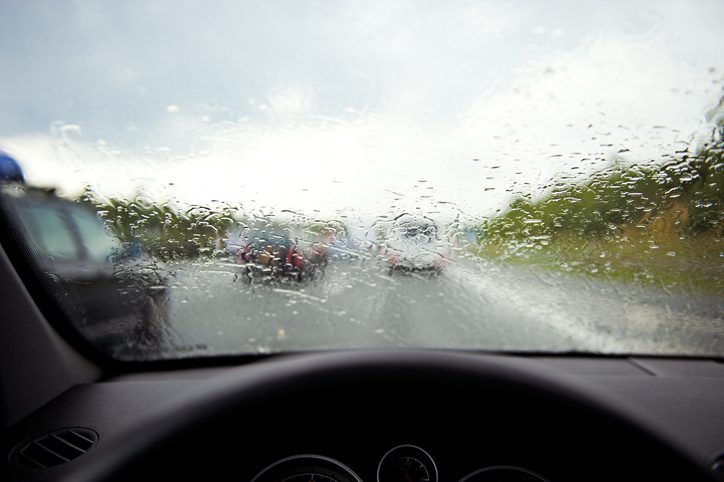
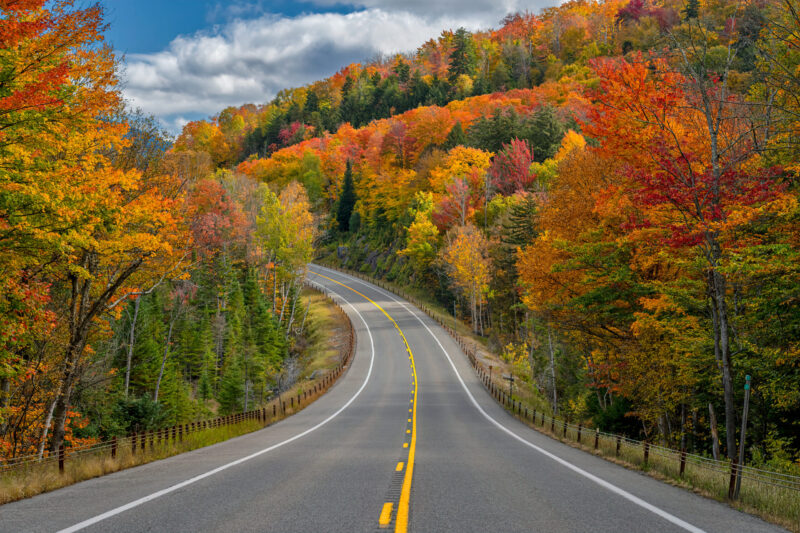



Ok I will do my best on the road.
It was very helpful for safe driving.
Yes we must take our time and pay attention on the road when, is bad weather and all the time, and all the time when driving.
This article was very informative. I only think about fog, not as much about rain and storms. Great information.
Thanks
Great articles. Not too long or too short. Content was relevant to all.
Good reminders!
Thanks for the needed information. Much appreciate.
I freak in bad weather, especially tornadoes and lightning.
Interesting and informative article Always helpful to be reminded of weather considerations affecting our activities
This article was very very helpful !!!